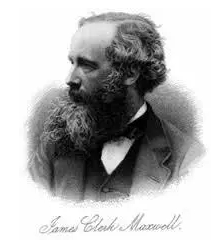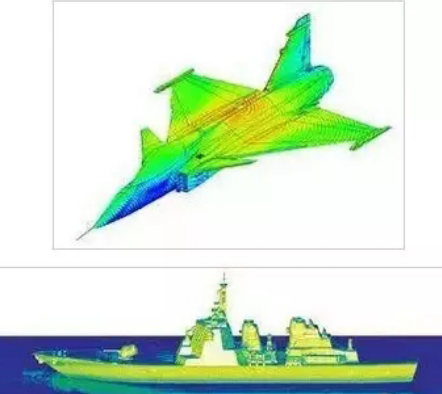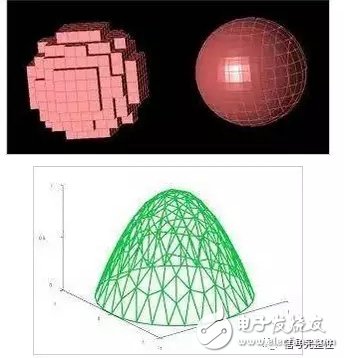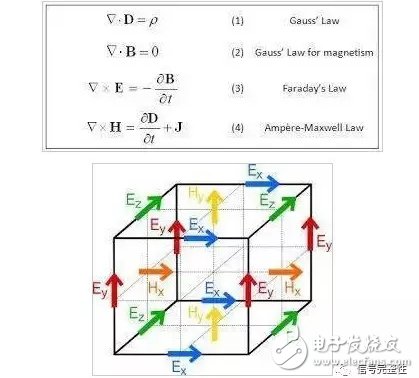High-frequency high-frequency circuit electromagnetic field simulation: What are the advantages and disadvantages of FDTD and FEM algorithms?
Computational electromagnetics can be divided into two broad categories from the general direction: full-wave simulation algorithms, high-frequency algorithms.
Full-wave simulation is an accurate algorithm, but it consumes a lot of computing resources. A simple estimation method is: usually we need to split the object, and the split should be at least 0.1 wavelength. That is to say, if the electrical size of the object is 10 wavelengths, then there are 100*100*100=one million grids. You also need to store a large number of electromagnetic parameters for each grid, which is usually a single-precision floating-point type. So it is easy to need hundreds of megabytes of memory. If the electrical size has 20 wavelengths, then you need to access the G memory. If the geometric features of the object are not normal and there are many fine structures, then a more intensive split is required, which easily exceeds the computing power of an ordinary computer. For example, the wavelength of 1 GHz is 0.3 meters, and the frequency of GSM is approximated, so that one or two meters of objects can be simulated. If it is 3G communication, the frequency is about 2GHz, we can only calculate objects that are no more than one meter, and we can't have a strange structure.

The high frequency algorithm was born to solve this problem. For military systems, we need to analyze the electromagnetic performance of aircraft and ships. According to the previous discussion, full-wave simulation is obviously not feasible. Such high frequency algorithms employ a number of approximations, such as physical optics, geometric ray methods, etc., for approximate calculations.
FDTD (finite finite difference time domain), FEM (finite element), MOM (moment method), and FIT (finite volume) are all full-wave simulation algorithms. Among them, FDTD, FIT belongs to time domain algorithm, which represents software EMPro and CST; FEM, MOM belongs to frequency domain algorithm, and represents software ADS, EMPro and HFSS. The time domain algorithm is suitable for wideband signal analysis, so that as long as a pulse input is simulated, a wide bandwidth information can be obtained. The frequency domain algorithm can only calculate one frequency point at a time, which is suitable for narrowband signals.
Compared with FDTD, FEM is mainly accurate. Because FEM is a triangular mesh, and FDTD is a quadrilateral.

The above two figures clearly illustrate the approximation of different meshes to objects. The first is FDTD and the second is FEM. Which calculation result is accurate, I don't need to talk about it.

Now let's talk about the difference between FDTD and FIT. The FDT2000D directly discretizes the differential equations. As we all know, for each grid, we think it is uniform.

FIT is a discrete equation for the integral equation. It is along the integral curve and takes a lot of electromagnetic parameters. It is suitable for processing non-uniform media, and the interface is more accurate than FDTD.

A sly answer:
As a finite difference time domain numerical calculation method, FDTD has the advantages of one-time pulse analysis (broadband), natural combination of nonlinear harmonic analysis, natural combination of Lorentz, and dielectrics such as conductors. The disadvantage is that it takes a long time to process the high-Q oscillation (the high-Q oscillation takes a long time to disappear), and its spatial difference is single, and it can only divide the growth cube. Simulations of unconventional boundaries and material shapes are somewhat ineffective.
FEM basically overcomes the high-Q simulation, the defect of the cuboid difference, and can divide the space arbitrarily (uneven tetrahedron, for example). However, the problem is that he generally simulates a single frequency frequency domain, so the simulation of the pulse source is complicated, and it is difficult to analyze the waveform of the system response, and it is difficult to analyze the harmonic frequency of the nonlinear system. Simulations for wideband sources take longer. However, for high-Q oscillation calculations, the spectral resolution can be arbitrarily high.
1000 Portable Power Station,1000 Portable Power Station Price, 1000 Portable Power Station product
Jiangsu Zhitai New Energy Technology Co.,Ltd , https://www.zt-tek.com